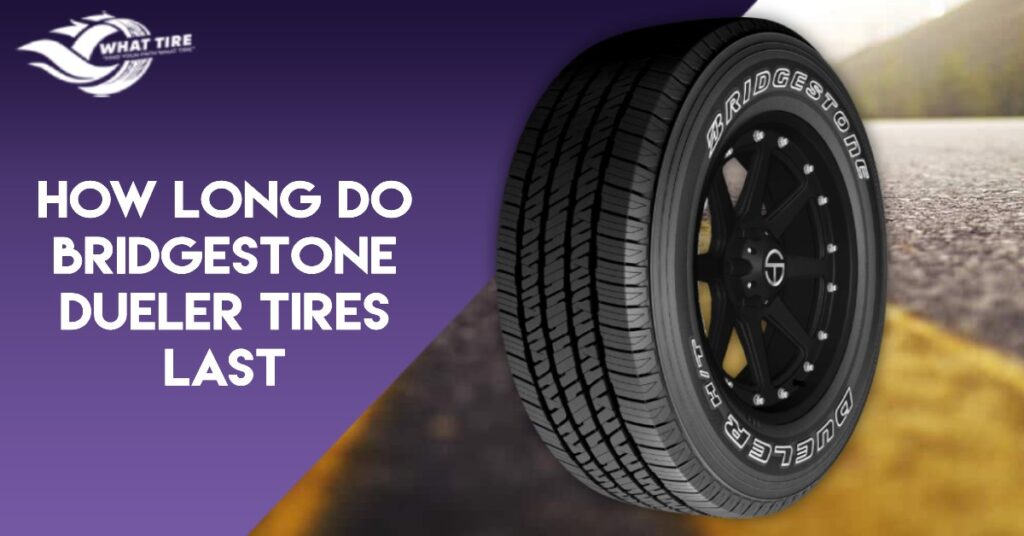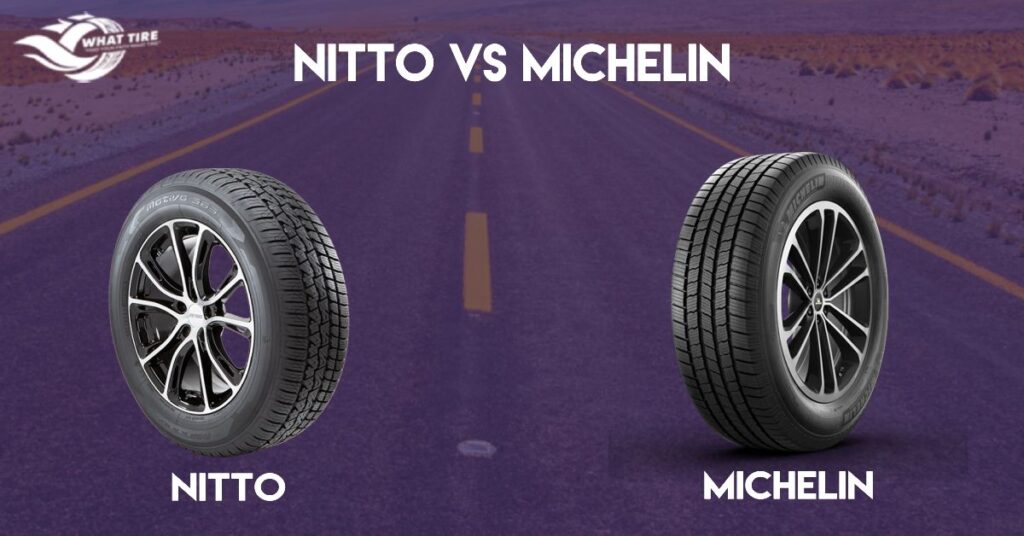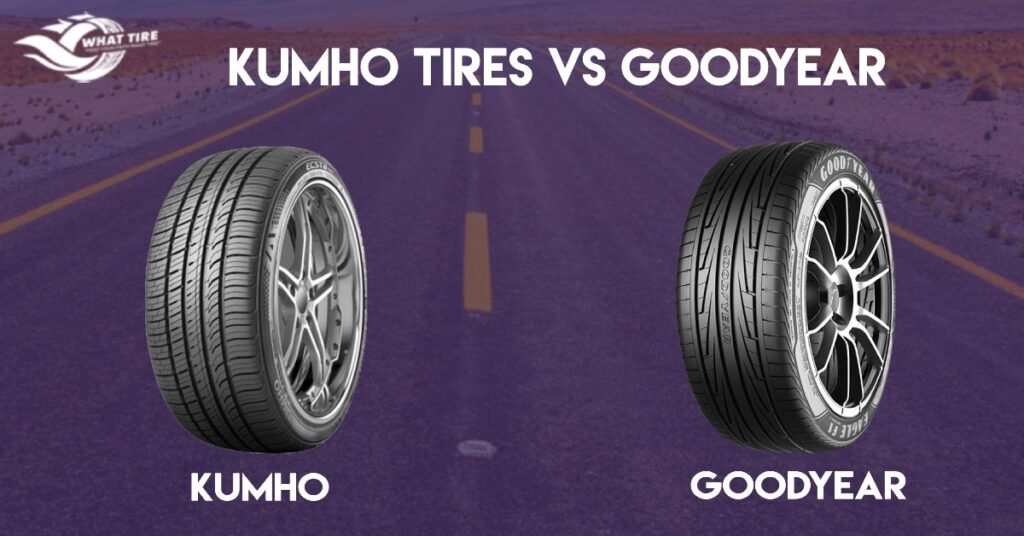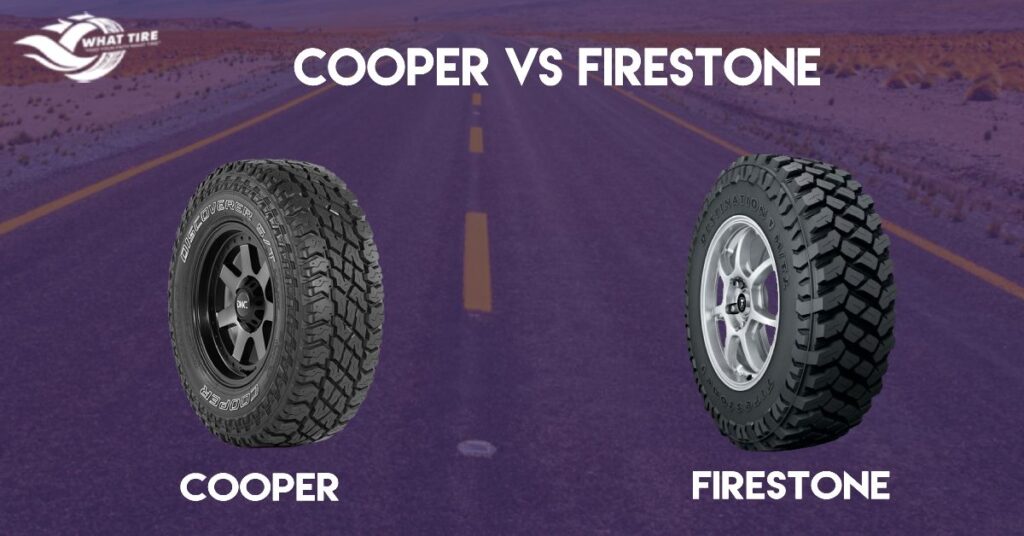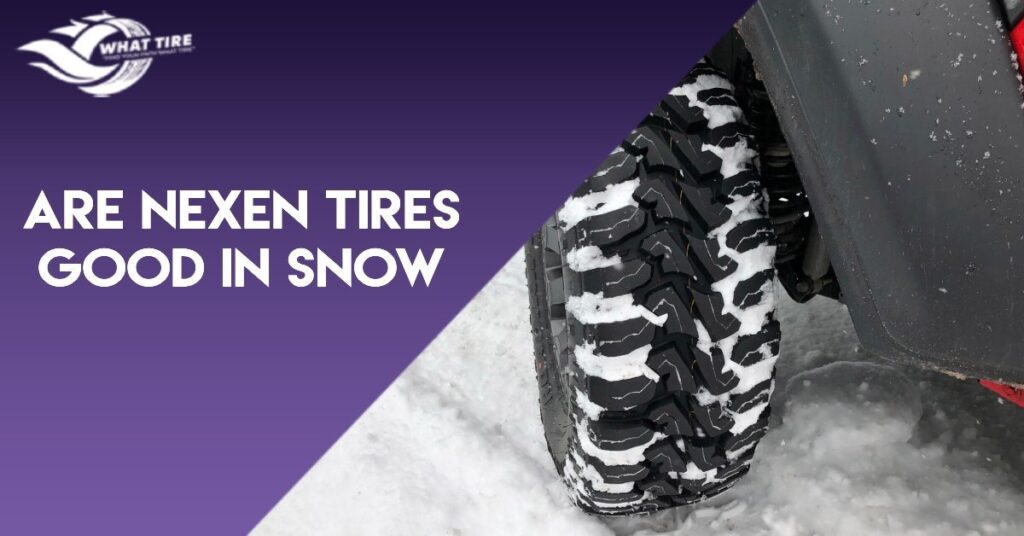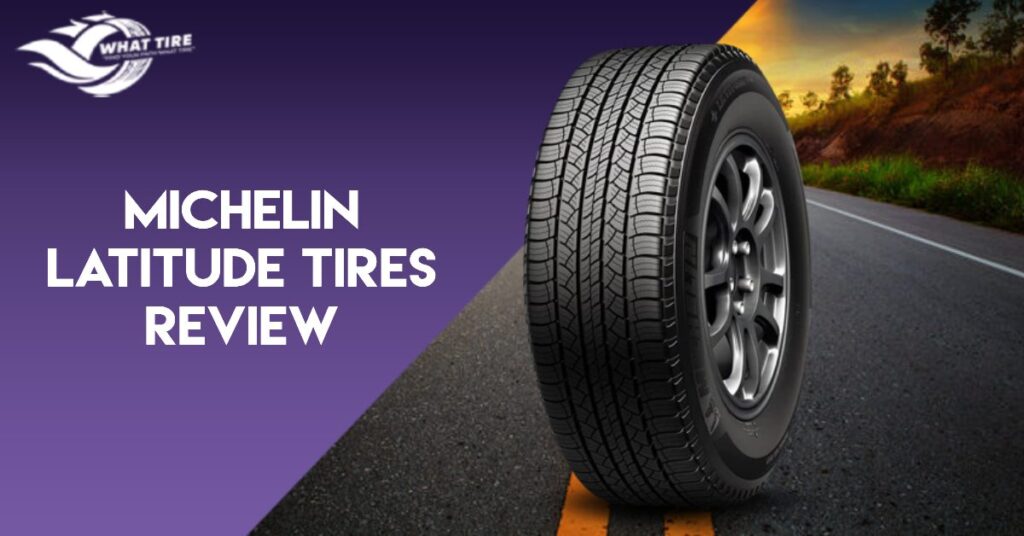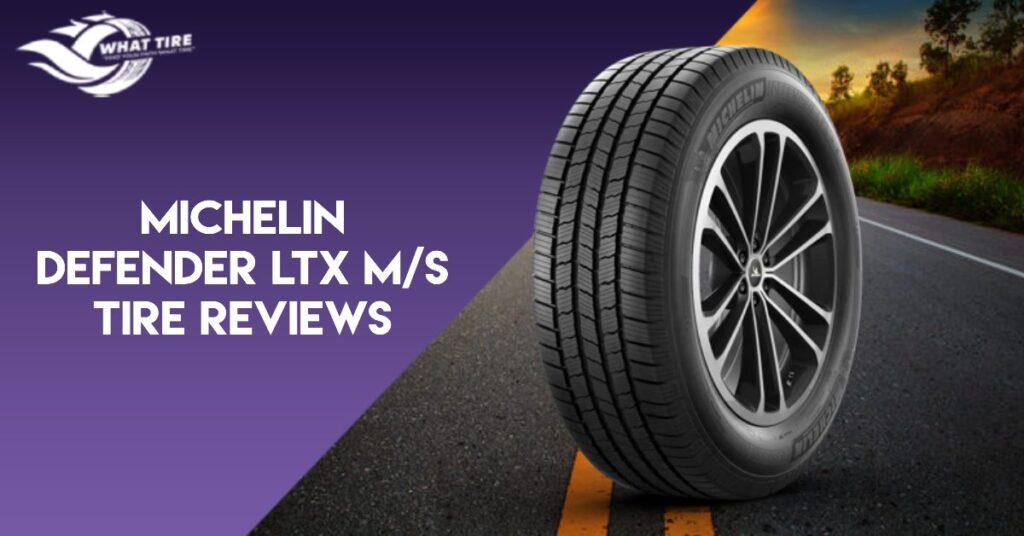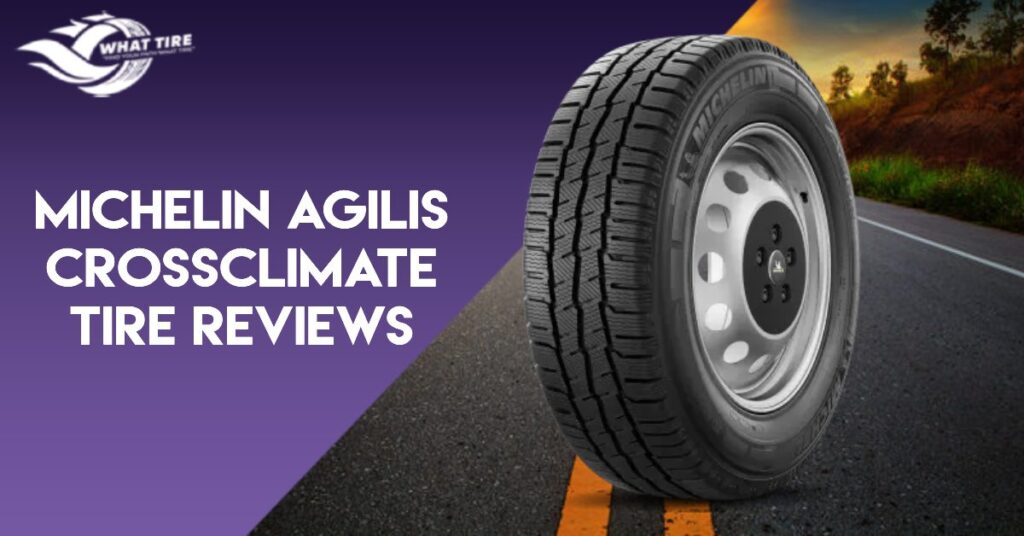How Long Do Bridgestone Dueler Tires Last?
If you’re driving on Bridgestone Dueler tires, you’re probably wondering, “How long can I rely on these tires to keep me safe on the road?” When you invest in a set of tires, you’re not just thinking about performance—you’re also thinking about how long they’ll last. After all, no one wants to be caught off guard with worn-out tires that could compromise safety and comfort. Understanding the lifespan of your tires is crucial not only for your peace of mind but also for your wallet. In this guide, we’ll explore exactly how long Bridgestone Dueler tires last and what you can do to maximize their durability, ensuring you get the best value out of your investment. About Bridgestone Dueler Tires Bridgestone Dueler tires represent a versatile lineup engineered to excel across various driving conditions, from highway cruising to off-road adventures. This tire series embodies Bridgestone’s commitment to innovation, performance, and durability. Key Models Core Features How Long Do Bridgestone Dueler Tires Last? The lifespan of Bridgestone Dueler tires can vary based on several factors, including driving habits, road conditions, and maintenance practices. Here’s a closer look at what you can expect. In Kilometers Bridgestone Dueler tires typically last between 64,000 to 112,000 kilometers. With proper care and maintenance, drivers can achieve the upper range of this lifespan, ensuring reliable performance for many kilometers on the road. In Miles On average, Bridgestone Dueler tires have a lifespan of approximately 40,000 to 70,000 miles. This mileage range may vary based on factors like driving behavior, road conditions, and maintenance routines. adhering to recommended maintenance practices and driving habits, drivers can extend the lifespan of their Bridgestone Dueler tires, ensuring safe and reliable performance for miles to come. In Years Bridgestone Dueler tires typically last between 5 to 7 years under normal driving conditions. However, factors such as storage conditions, climate, and maintenance practices can affect tire lifespan. Regular inspections, proper inflation, and timely rotations are essential for maximizing the longevity of Dueler tires, ensuring safe and reliable performance over the years. Signs It’s Time to Replace Your Bridgestone Dueler Tires Even with the best care, tires don’t last forever. Knowing when to replace your beloved tire is key to maintaining safety and performance. Common Indicators of Wear Impact of Climate and Driving Conditions Tips to Extend the Lifespan of Bridgestone Dueler Tires Increasing the longevity of your Dueler tires requires proactive maintenance and responsible driving habits. Here are six practical tips to help maximize the lifespan of your tires: 1. Regular Tire Inspections Consistently examine tires for signs of wear, punctures, or irregularities in tread depth. Addressing these issues promptly can prevent further damage, ensuring optimal tire performance and longevity. 2. Maintaining Proper Tire Inflation Maintain the recommended tire pressure, it will evenly distribute the vehicle’s weight across the tire tread. Correct inflation levels reduce rolling resistance and heat buildup, preserving tire integrity and extending lifespan. You may also learn how to reset the tire pressure monitoring system. 3. Timely Tire Rotations Regularly rotate tires to promote even tread wear and maintain consistent traction. This practice prevents premature wear on specific tires, optimizing performance and extending the overall lifespan of Dueler tires. 4. Ensuring Correct Wheel Alignment Periodically assess wheel alignment to ensure proper contact between tires and the road surface. Misaligned wheels can cause uneven wear patterns, leading to premature tire deterioration and decreased lifespan. 5. Adopting Smooth Driving Habits Use smooth driving techniques to minimize stress on tires, including gradual acceleration and braking. Avoiding sudden stops, aggressive cornering, and high-speed maneuvers reduces tire wear, prolonging the lifespan of Bridgestone Dueler tires. 6. Managing Vehicle Load Adhere to vehicle weight limits to prevent overloading, which can strain tires and accelerate wear. Proper weight distribution ensures even tire loading, preserving tire integrity and maximizing longevity on Bridgestone Dueler tires. Anything that we haven’t covered? Do you have tips or experiences with Dueler tires? Please share them in the comments to help others! Your advice could help out other readers! Conclusion The longevity of Bridgestone Dueler tires hinges on proactive maintenance, responsible driving, and adherence to recommended practices. By implementing these strategies and understanding the factors influencing tire lifespan, drivers can ensure safer, smoother travels for miles to come, maximizing the value of their investment. Think someone else could use this information? Feel free to pass it along! FAQs Can I use Bridgestone Dueler tires for towing heavy loads? Yes, these tires are designed for light truck and SUV applications, making them suitable for towing within recommended weight limits. Are Bridgestone Dueler tires suitable for off-road driving? Yes, Dueler tires offer models specifically engineered for all-terrain performance, providing traction and durability for off-road adventures. What is the recommended tire rotation interval for Bridgestone Dueler tires? Rotate every 6,000 to 8,000 miles to ensure even tread wear and maximize tire lifespan. Do Bridgestone Dueler tires come with a mileage warranty? Yes, these tires typically come with a mileage warranty ranging from 40,000 to 70,000 miles, depending on the specific model. Can I drive on Dueler tires in snowy conditions? While some models offer enhanced traction for light snow, Dueler tires are primarily designed for all-season performance. Consider dedicated winter tires for severe snow conditions.
How Long Do Bridgestone Dueler Tires Last? Read More »

